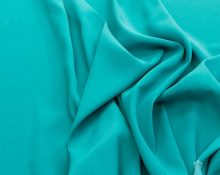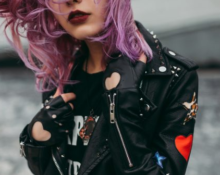
“Hygge” is a word that cannot be translated into any language in the world. It is of Danish origin. The closest analogue can be considered “coziness”. But even all the richness of the Russian language is not enough to convey in translation not just the main characteristics of this ethnic style, but also its philosophy.
According to linguists, “hygge” is the result of the evolution of medieval Danish words that meant “hug” and “mood.” Now this concept refers to a unique way of perceiving the world, organizing life and space.
A variety of Scandinavian style
Indeed, it is fair to say that hygge is one of the variations of the discreet and cozy Scandinavian style. As in the Norwegian, Finnish, and Dutch traditions, it is based on good quality, simplicity and modesty. At the same time, a feeling of amazing comfort and coziness literally envelops any person in hygge interiors. An atmosphere of peace and security is an integral part of this ethnic style.
Hygge is related to other traditional Scandinavian styles:
- Conciseness. There are no objects in the interiors that do not carry any usefulness or meaning. Even if these are interior decorations, they have a clear purpose.
- Environmental friendliness. Preference is always given to natural materials and natural shades.
- Reasonable consumption. Many items in the hygge interior are the results of processing, recycling, restoration, or giving old things new functionality.
Traditional for interiors in this style are light surfaces of natural materials - wood, ceramics, cotton and wool fabrics. Stone or brick would also be appropriate here. The main thing is no imitations or synthetics. All materials must be exclusively natural.
Retro elements

This style always includes references to the past. Under no circumstances should these be cheap antique replicas. There are no fakes in the house of hygge. Everything here is real.
Solid, high-quality, time-tested furniture models with bent legs and backs fit well into the hygge philosophy. The upholstery may be made from modern, eco-friendly materials, but the design itself is always about the convenience and comfort that generations of Danes are accustomed to enjoying.
Bronze candlesticks and beautiful mirror frames can be reminiscent of palace interiors. These small details add a special touch to a hygge home.
Antique items that can no longer fulfill their original purpose fit effectively into the interior of this style. For example, a cabinet from an old sewing machine successfully turns into an elegant coffee table. An antique chest becomes a bedside table.
Light as part of the interior
Denmark is a country whose residents are accustomed to valuing light and warmth. Therefore, in hygge interiors, light design sometimes plays an even more significant role than furniture or textiles.A variety of lamps are positioned to create comfort in every corner of the house or apartment. It is important that no light source is harsh or blinding. Hygge style involves soft, warm, diffused light. Modern lamps coexist with antique lanterns, garlands of many shining light bulbs combine perfectly with decorative Edison lamps.
An integral element of this ethnic style are wax candles, of which, according to the hygge philosophy, there can never be too many. The principle “everything is only real” works again. No electrical imitations! Therefore, an interior in the hygge style necessarily requires a large number of different candlesticks. When choosing them, you should remember that any detail of a house in this style should be made of natural materials. Glass, ceramics, metal and their various combinations as table, floor, wall and fireplace candlesticks are what you need.
Light in a hygge home is an integral element of peace, comfort and security. These are the feelings that the atmosphere of a traditional Danish home is aimed at creating. An interesting tradition is the lighting of window openings. In Russia, such illumination is accepted only for holidays. In cold northern Denmark, the warm light of a window symbolizes for the traveler shelter and peace where he is expected.
A feeling of peace and simple happiness surrounded by reliable, durable and simple things - this is the hygge philosophy of comfort.


 0
0





